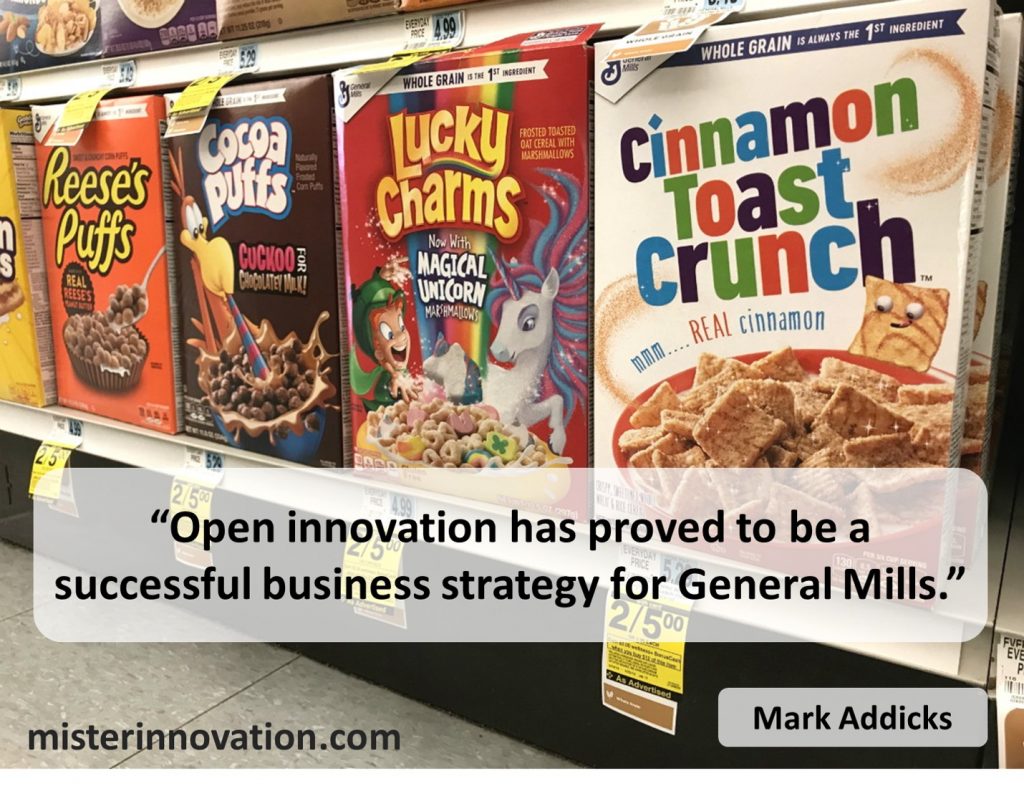
GUEST POST from Chateau G Pato
Innovation has always been the lifeblood of successful organizations. It fuels growth, promotes competitiveness, and drives industry disruption. Traditionally, innovation was conducted within the boundaries of individual organizations, with internal R&D teams tirelessly working behind closed doors to develop new products or services. However, the rise of open innovation has revolutionized this approach, allowing companies to tap into external sources of knowledge, ideas, and expertise. By embracing collaboration with external partners – such as customers, suppliers, startups, and even competitors – organizations can magnify the potential for groundbreaking innovations. Nonetheless, this new paradigm comes with its own set of challenges. In this article, we will explore the benefits and challenges of open innovation through two illustrative case studies.
Case Study 1: Procter & Gamble’s Connect + Develop Program
Procter & Gamble (P&G) is renowned for its strategic implementation of open innovation. In 2000, the company realized that its internal R&D efforts were not generating sufficient breakthrough innovations. Instead of solely relying on its own resources, P&G decided to embrace external collaboration. Through its Connect + Develop program, P&G reached out to external partners including universities, entrepreneurs, and small to medium-sized companies. P&G provided them with a platform to submit innovative ideas and solutions. By doing so, P&G successfully tapped into a vast network of external expertise, expanding its innovation ecosystem. This ended up playing a vital role in the development and launch of successful products like Swiffer and Olay Regenerist.
The benefits of P&G’s open innovation approach were manifold. First, it significantly reduced the time and cost associated with the development of new products. Second, it allowed P&G to access a wider range of expertise and knowledge, effectively leveraging external perspectives that may not have been present within the organization. Third, it helped foster a culture of innovation both internally and externally, as P&G became known for its willingness to approach innovation with an open mindset.
However, open innovation also posed several challenges for P&G. One of the biggest was the need to manage intellectual property. When collaborating with external partners, P&G had to strike a balance between sharing enough information to enable collaboration while protecting its valuable proprietary knowledge. Establishing trust with external partners was also crucial, as it required a level of transparency and mutual understanding to forge successful collaborations.
Case Study 2: LEGO’s LEGO Ideas Platform
LEGO, the iconic Danish toy company, successfully harnessed open innovation through its LEGO Ideas platform. Launched in 2008 as LEGO Cuusoo, the platform allows LEGO fans and enthusiasts to submit their own designs for potential LEGO sets. Once submitted, the designs are available for public voting. If a design receives 10,000 votes, it goes through an official review process by LEGO’s design team, and if selected, the design becomes an official LEGO set sold worldwide. This open innovation approach not only engages LEGO’s passionate fan base but also acts as a novel source of innovative product ideas.
The benefits of LEGO’s open innovation approach with LEGO Ideas are evident. It provides a direct connection with customers and empowers them to contribute to product development. This not only improves customer satisfaction but also increases brand loyalty. Moreover, the platform acts as a crowdsourcing tool, amplifying the diversity of ideas and creativity beyond what LEGO’s internal teams could generate alone. Furthermore, the LEGO Ideas platform enables LEGO to gain insights into emerging trends and customer preferences.
Despite its success, LEGO faced challenges in managing the volume of submissions and ensuring the profitability of the resulting sets. Additionally, balancing customer desires, brand consistency, and manufacturing feasibility required thoughtful curation and selection processes to determine which ideas would be pursued.
Conclusion
Open innovation offers numerous advantages to organizations seeking to enhance their innovation capabilities. These benefits can range from better utilization of external expertise and reduced time-to-market to increased customer engagement and differentiation. However, companies embarking on open innovation journeys must navigate potential challenges around the protection of intellectual property, establishing trust with external partners, managing a large volume of submissions, and curating the best ideas. Overall, as exemplified by Procter & Gamble and LEGO, organizations that embrace open innovation strategically and overcome these challenges can unlock tremendous potential and gain a competitive edge in today’s rapidly evolving business landscape.
Bottom line: Futurology is not fortune telling. Futurists use a scientific approach to create their deliverables, but a methodology and tools like those in FutureHacking™ can empower anyone to engage in futurology themselves.
Image credit: misterinnovation.com
![]() Sign up here to get Human-Centered Change & Innovation Weekly delivered to your inbox every week.
Sign up here to get Human-Centered Change & Innovation Weekly delivered to your inbox every week.